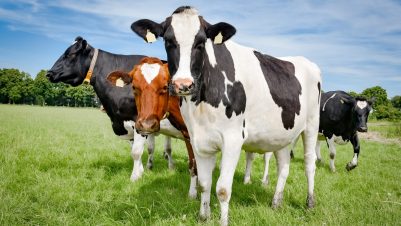Q1 How would you define the term captive bird?
NF: A captive bird is defined as a bird which was bred in captivity and whose parents were legally captive at the time it was hatched. Examples would be Birds of Prey, psittacines (parrots, budgerigars etc.) and non-psittacines (finches, canaries etc.).
Q2 Many Birds of Prey and psittacines fall under the remit of the Convention on International Trade in Endangered Species (CITES) and require export licences. What advice should an OV give to owners regarding the need for export licences?
NF: It is the species itself that determines whether a CITES export licence is required. The OV should advise the owner to check with Defra whether or not their bird falls under the CITES legislation. It is worthwhile verifying the species of the bird as sometimes owners misunderstand the species of bird that they own! This export licence is in addition to the export health certificate and may take several weeks to process so it is important to allow sufficient time.
Q3 Some countries may request a period of pre-export quarantine. How does this impact on the OV?
NF: Detailed information will be provided by APHA in the notes for guidance which accompany the export health certificate. It is vital that these are read thoroughly. It will often involve visiting the premises prior to the commencement of the quarantine period and again at the end. There may be a requirement for the accommodation to have fly-repellent gauzes to prevent biting insects accessing the accommodation and birds may be on medication during this quarantine period. The OV must be able to identify the birds and be certain that the same birds remain in quarantine throughout the stated period.
Q4 In your last answer, you mentioned that pre-export medication may be required on occasions. What are some of the common treatments requested and how does the OV reconcile the need for treatment using a licensed product when in many cases there are no licensed products available?
NF: Some countries require treatment for psittacosis, others will commonly require both endo and ecto-parasitic treatment. In many cases, countries will require that the birds are treated using licensed products in accordance with the manufacturers’ data sheet. If no such licensed product is available, it is important that the OV contacts APHA and requests that the wording on the export health certificate is amended in order that he/she is able to sign the certificate in accordance with the RCVS 12-principles of certification. It is absolutely essential that the OV receives the export certification paperwork in good time and reads through all of the documents thoroughly. If any testing is required, it is important that the specific test is used together with the laboratory detailed in the notes for guidance.
Q5 When dealing with the export of captive birds, does the workload for the OV vary throughout the year?
NF: It certainly does have specific seasons depending on what species you are dealing with. Birds of Prey being exported to the Middle East have a specific export season. It is important that the OV plans ahead so that the birds do arrive with the importer at the required time, particularly in cases where there are long lead times. The OV needs to ensure that they are available to sign the export health certificate at the designated time prior to export, to ensure that export is not compromised.
Q6 OVs have a professional and legal responsibility to safeguard the welfare of avian species presented to them for export. Can you describe some specific health and welfare issues which OVs should consider in relation to the transport of birds undergoing export?
NF: It is very unlikely that a breeder will try to export a sick or injured bird but it is important to consider rest periods during travel and feed/ water requirements of the individual bird(s) being exported. The duration of travel and the physiology and husbandry of different species will determine the exact requirements. It is therefore important that the OV is familiar with inter-species differences. For example, a Bird of Prey should not be travelling until at least six to eight hours after feeding to ensure that the crop is empty. Birds such as budgerigars will require a continual food source during the journey.
Q7 What other advice would you give to OVs involved in this type of work?
NF: Careful planning will help to prevent future problems. It is better not to give an exact quotation regarding professional fees for the export work as very often things change, extra visits may be required for example, which will impact the final fee.






